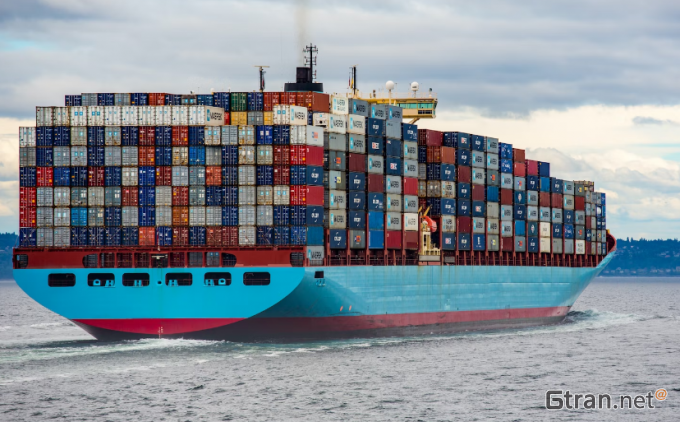Ahead of the demise of the 2M Alliance at the end of next year, MSC and Maersk have already ‘decoupled’ their fleets, deploying their vessels on individual service loops.
This has fuelled speculation that the carriers will agree to end their east-west vessel-sharing alliance early.

Alphaliner said: “Services previously operated with a mix of MSC and Maersk ships have gradually been altered to leave one ship operator per loop.”
On the Asia-North Europe tradelane, for example, eeSea data confirms that Maersk as the sole vessel provider for the AE5/Albatross, AE10/Silk and AE7/Condor loops, with MSC as the vessel operator on the AE55/Griffin and AE6/Lion strings, along with its standalone Swan service.
MSC, with a current fleet of 5.5m teu and a huge orderbook of some 1.5m teu, has already taken delivery of two newbuild 24,000 teu ultra-large vessels this month and would be able to operate independently at short notice, if required.
Meanwhile, Maersk’s methanol-powered newbuilds will start to arrive next year, and Alphaliner suggests the carrier, with its ‘green loops’ USP, will be unlikely to want to vessel-share them, and it will be able to underpin its standalone east-west network.
Indeed, Maersk CEO Vincent Clerc has said on a number of occasions that the carrier was not seeking to join, or form, another vessel-sharing alliance after the 2M. He said vessel-sharing agreements did not fit with Maersk’s aspirations to become a global integrator.
Alphaliner says it believes the breakup of the 2M Alliance “will bring about deep structural changes in the liner market”.
And the consultant assessed the future of the two remaining east-west vessel sharing alliances.
It noted that the Ocean Alliance, of CMA CGM, Cosco (including OOCL) and Evergreen, was already the largest VSA, with a combined capacity of 4.22m teu compared with the total for THE Alliance partners, Hapag-Lloyd, ONE, Yang Ming and HMM, of around 3.1m teu, which is similar to the 2M capacity.
Moreover, the members of the Ocean Alliance have a massive orderbook, of 2.38m teu, for delivery from next year onwards, including 36 ultra-large vessels that will be stemmed for the Asia-Europe trades.
Notwithstanding the interpretation that shipping alliances will remain a legal way for carriers to cooperate following the recent decision by the EC not to extend liner shipping’s Consortia Block Exemption Regulation (CBER) next April, Alphaliner speculated on whether the huge planned expansion of the Ocean Alliance could be an acid test for the new regulatory order.
The consultant said it could “become a test case for how large the mega-alliances will be allowed to grow”.


